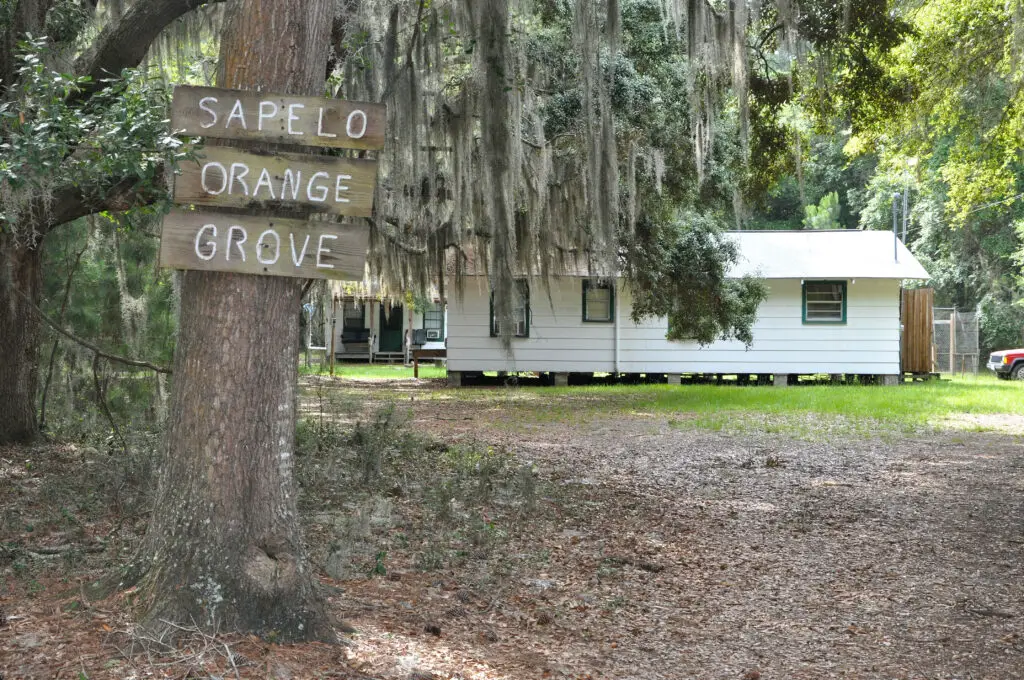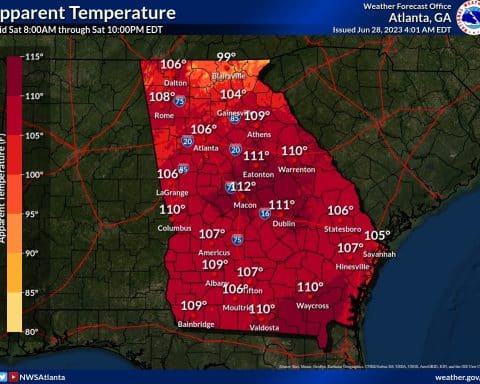Several churches and schools, an old newspaper building, and one of the last remaining Gullah Geechee communities in the country are on the Georgia Trust for Historic Preservation’s annual “10 Places in Peril” list.
Places in Peril is designed to raise awareness about Georgia’s significant historic, archaeological, and cultural resources facing such threats as demolition, inappropriate development, or just plain neglect.
“This is the Trust’s 19th annual Places in Peril list,” said W. Wright Mitchell, the organization’s president and CEO. “We hope the list will continue to bring preservation solutions to Georgia’s imperiled historic resources by highlighting representative sites.”
Here is this year’s Top 10 list:
Hogg Hummock on Sapelo Island (McIntosh County) – The Gullah Geechee community, established by direct descendants of enslaved West Africans after the Civil War, was listed in the National Register of Historic Places in 1996. Recent zoning changes will let homes be constructed that are double the size of current limits, which could force further removal of the indigenous population.
Atlanta Constitution Building (Fulton County) – Built in 1947 in downtown Atlanta, this rare example of Art Moderne architecture in Georgia was occupied by the Atlanta Constitution and later the Atlanta Journal Constitution until 1955, then by Georgia Power until 1972. It has been vacant ever since.
Pine Log Mountain (Bartow County) – This privately owned wilderness area contains historic resources from three eras: a Woodlands Era rock wall built by indigenous peoples, four 1840s-era stone iron furnaces used for mining, and a convict labor camp that existed before Georgia lawmakers ended the convict lease system in 1909. The sites are now threatened with demolition.
Cedar Grove, Martinez (Columbia County) – Built in 1851 in the Italianate style, this home was owned by several prominent families. It later served as a church and housed the first integrated kindergarten in Columbia County. The recent discovery of mold and ongoing maintenance costs threaten its continued use.
Church of the Good Shepherd, Thomasville (Thomas County) – Built in 1894, this church is an example of African American religious expression and education in the South. A classroom and library operated there until 1964. Major repairs have been deferred as church membership has declined.
Grace Baptist Church, Darien – McIntosh County – Located on historic Vernon Square, this church was a significant institution within the African American community. The congregation disbanded in the 1990s, and the building fell into disrepair. The city issued a citation last May that could lead to demolition.
Old First Baptist Church, Augusta – This significant example of Beaux Arts architecture was built in 1902. The Southern Baptist Convention was founded on the site in 1845, and the building was listed in the National Register of Historic Places in 1972. Now privately owned, the property is in disrepair.
Broad Avenue Elementary, Albany – Built in the 1930s in the city’s historic district, the school served the community until the property was sold in 2005. The building is under threat of condemnation and demolition due to its deteriorated condition.
Sugar Valley Consolidated School, Sugar Valley (Gordon County) – Built in 1927 of indigenous Knox Chert, the school closed in 1974. The building is now owned by the county and most recently operated as a community center, voting precinct, and events space. The Gordon County Commission has deemed it unsafe and has announced plans to tear it down and replace it with a fire station.
Piney Grove Cemetery, Atlanta – This historic African American burial ground in the city’s Buckhead neighborhood is one of the last vestiges of several African American communities that once thrived in the area. The organization Friends of Piney Grove Cemetery has accused the homeowners’ association of an adjacent condominium development with failing to fulfill zoning conditions and a state law requiring proper maintenance of the cemetery, resulting in it becoming overgrown and inaccessible.
The Places in Peril list aims to encourage property owners as well as interested organizations and communities to work to revitalize deteriorated historic properties.







